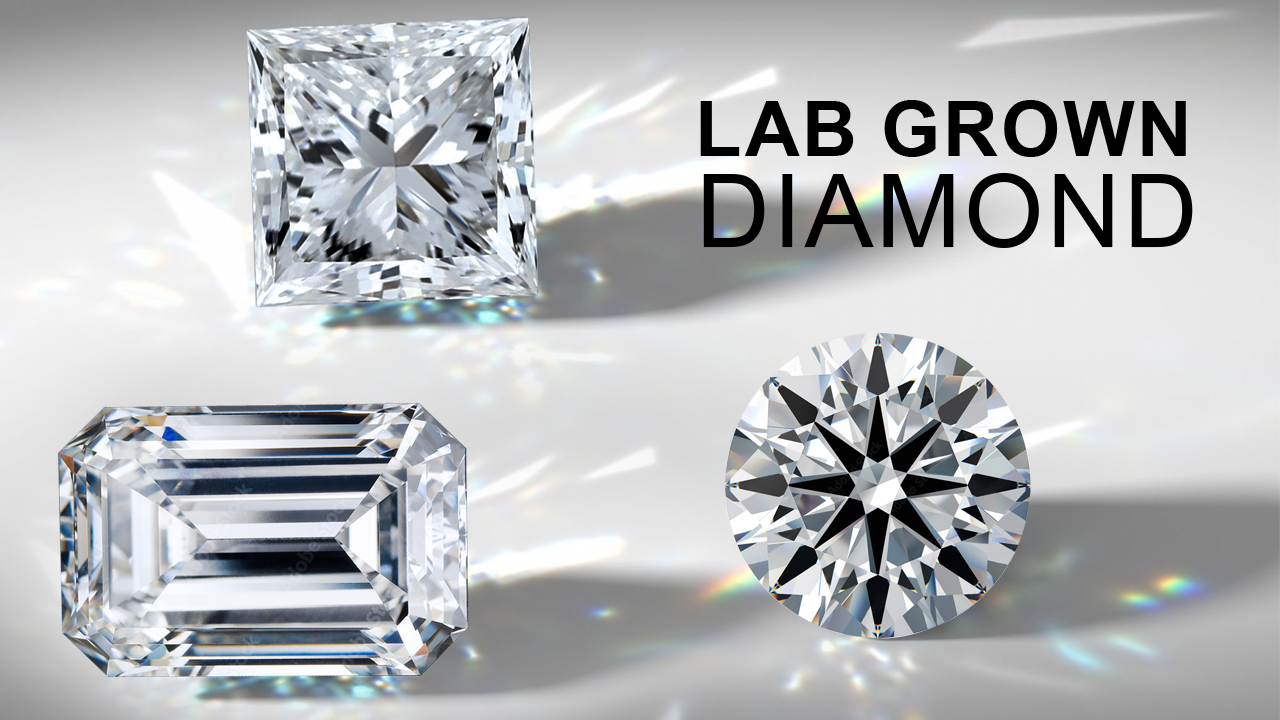The Main Principles Of Lab Grown Diamonds
Lab Grown Diamonds for Beginners
Table of ContentsIndicators on Lab Grown Diamonds You Need To KnowThe Basic Principles Of Lab Grown Diamonds The Only Guide for Lab Grown DiamondsExcitement About Lab Grown Diamonds
As you take a trip closer to the Planet's core, pressure and temperature level rise, which creates the best oven for carbon to be exchanged diamond (rubies are the only gems to be made from purely one component). Via a large volcanic eruption, these rubies were transferred to the Planet's surface area. It's estimated this process was relatively quick (probably throughout numerous hours), which enabled the rubies to remain undamaged without melting.The brief answer: carats determine the mass of stones, karats gauge the pureness of gold. Carat weight: 1 carat is equal to 0.2 grams, about the weight of a paperclip (next time you see a picture of Mariah Carey's 35 carat weight engagement ring, just visualize the concern of lugging 35 paper clips around your finger daily).

Here are some of the crucial advantages of lab expanded rubies and lab produced diamond jewelry:.
Little Known Facts About Lab Grown Diamonds.
Simply put, all-natural or earth-mined diamonds are crafted over countless years beneath the Earth's crust from pure carbon combined with pressure and warm. Developing rubies in a laboratory calls for the very same procedure, just fine-tuned to happen over a much smaller period in a a lot more controlled setting.
Whereas earth-mined diamonds are uncommon and finite and tend to raise in cost in time, laboratory diamonds are readily offered. As need surges, laboratories can proceed to create lab rubies indicating they are not restricted or scarce contrasted to all-natural diamonds. If you're interested in great precious jewelry from a financial investment standpoint, like lab-grown ruby rings, they will not be a great fit for your demands.
They may think that the disadvantages of lab-grown diamonds exceed the pros. Problems, battles, and civils rights problems are all come together with the ruby market. That stated, the diamond sector does give earnings to third-world nations. Some could say that, consequently, acquiring a lab-made diamond also includes its ethical factors to consider, as doing so takes revenue away from those entailed in the all-natural diamond sector that might require it most.
Typical diamonds depend on the Earth's conditions to establish their high quality or absence thereof. But in a laboratory, suppliers can straight regulate a diamond's high quality. Yes, there are ethical and ecological factors to consider with both mined and manufactured rubies. Suppose your spending plan just enables you to buy specific colors or cuts of all-natural diamonds.
10 Easy Facts About Lab Grown Diamonds Shown
You can conveniently locate colored, manufactured rubies on the (reasonably) economical side as well as details cuts that would be costlier if you were going shopping for an extracted ruby just. That rarely indicates it isn't worth securing.
natural rubies is that the last is extracted from all-natural deposits in the Planet while the former is made in a laboratory making use of regulated settings. Their quality is mostly the same. While the difference in between lab-grown and natural ruby alternatives are marginal when it comes to top quality, some of the disadvantages of lab-grown diamonds include the fact that the rock will drop with time and, to some, an absence of emotional value that's frequently connected with extracted rubies
This cost difference can be attributed to the structured production process and the avoidance of expenditures connected with standard mining. The Controlled Environment in Which Lab Grown Diamonds Are Produced Enables for Consistent Quality.
Flexibility in Design - Lab Grown Diamonds Offer Developers and Customers a Versatile Combination to Develop One-of-a-kind and Ingenious Fashion Jewelry Styles - Lab Grown Diamonds. Laboratory Rubies Typically Come with An Even More Transparent Supply Chain.
Some Ideas on Lab Grown Diamonds You Should Know
Market Perception - Regardless Of Their Identical Physical Features, Laboratory Diamonds Might Face Tests in Market Understanding. Some Customers Still Perceive Natural Diamonds as Having Higher Worth and Eminence. The Production of Lab-Grown Diamonds Can Be Energy-Intensive, Particularly in Methods Like High Stress High Temperature (hpht) and Chemical Vapor Deposition (cvd).
Natural Diamonds Are Developed Over Millions of Years Deep Within the Planet, Adding to Their Viewed Rarity. Lab-Grown Rubies, In Spite Of Their Identical Properties, May Not Carry the Exact Same Rarity Aspect, Affecting Their Regarded Value for Some Customers. Effect On Diamond-Dependent Economies - the Shift In The Direction Of Lab Grown Diamonds May Have Financial Implications for Nations and Areas that Depend on The Diamond Mining Industry.
:max_bytes(150000):strip_icc()/BRI-Lab-Grown-Diamonds-Graphic-d9ca3ef795964c45877ff39d82f8d679.jpg)
Ans. Lab Diamonds Are of Equal Quality to Natural Diamonds in Regards To Firmness, Radiance, and Quality. the Top here quality of A Ruby, Whether Lab-Grown or Mined, Is Established by Its Cut, Color, Clarity, and Carat Weight. Ans. Yes, Laboratory Diamonds Shimmer Much Like Natural Diamonds. Their Sparkle and Glimmer Are a Result of Their Cut and The Means Light Interacts with Their Elements. Ans.